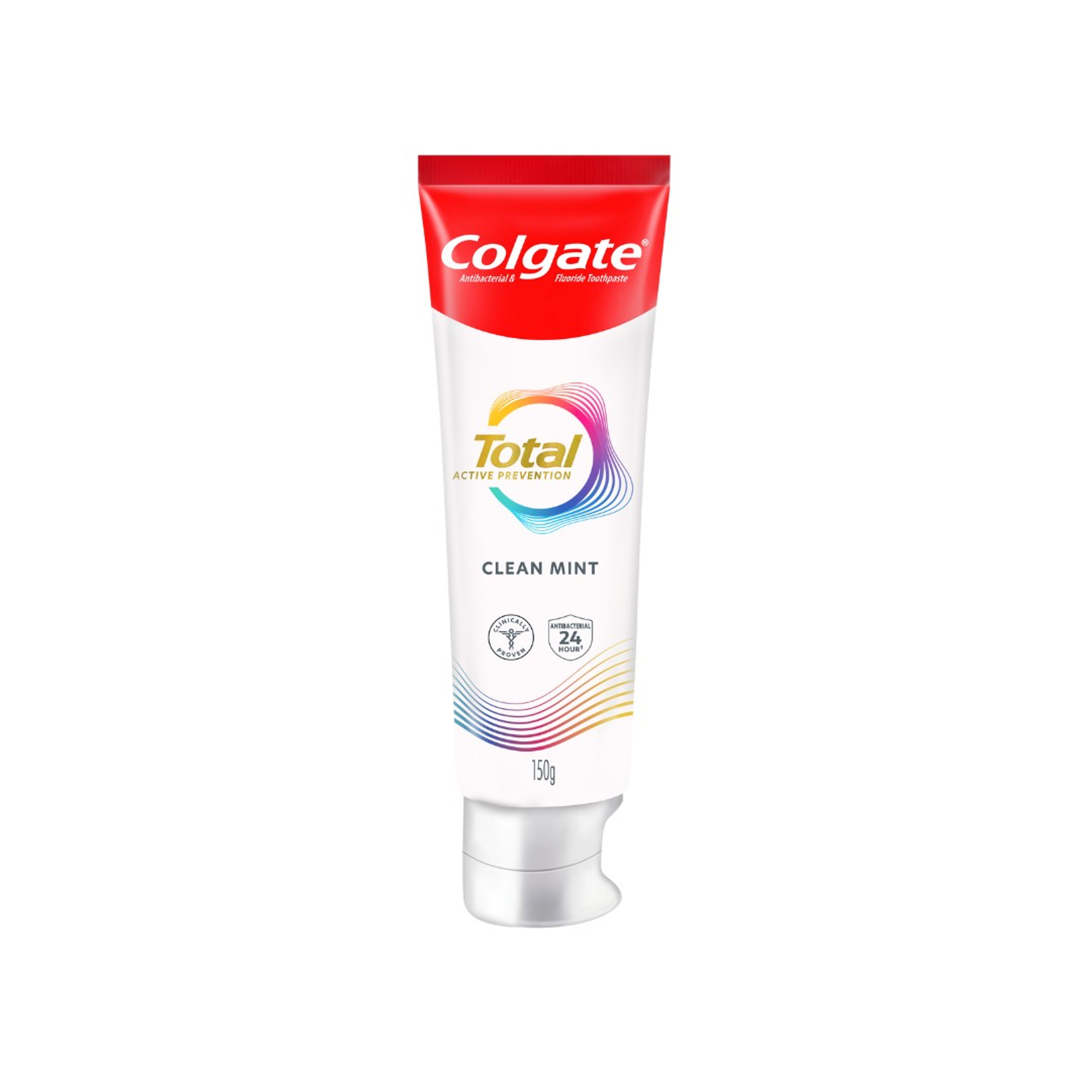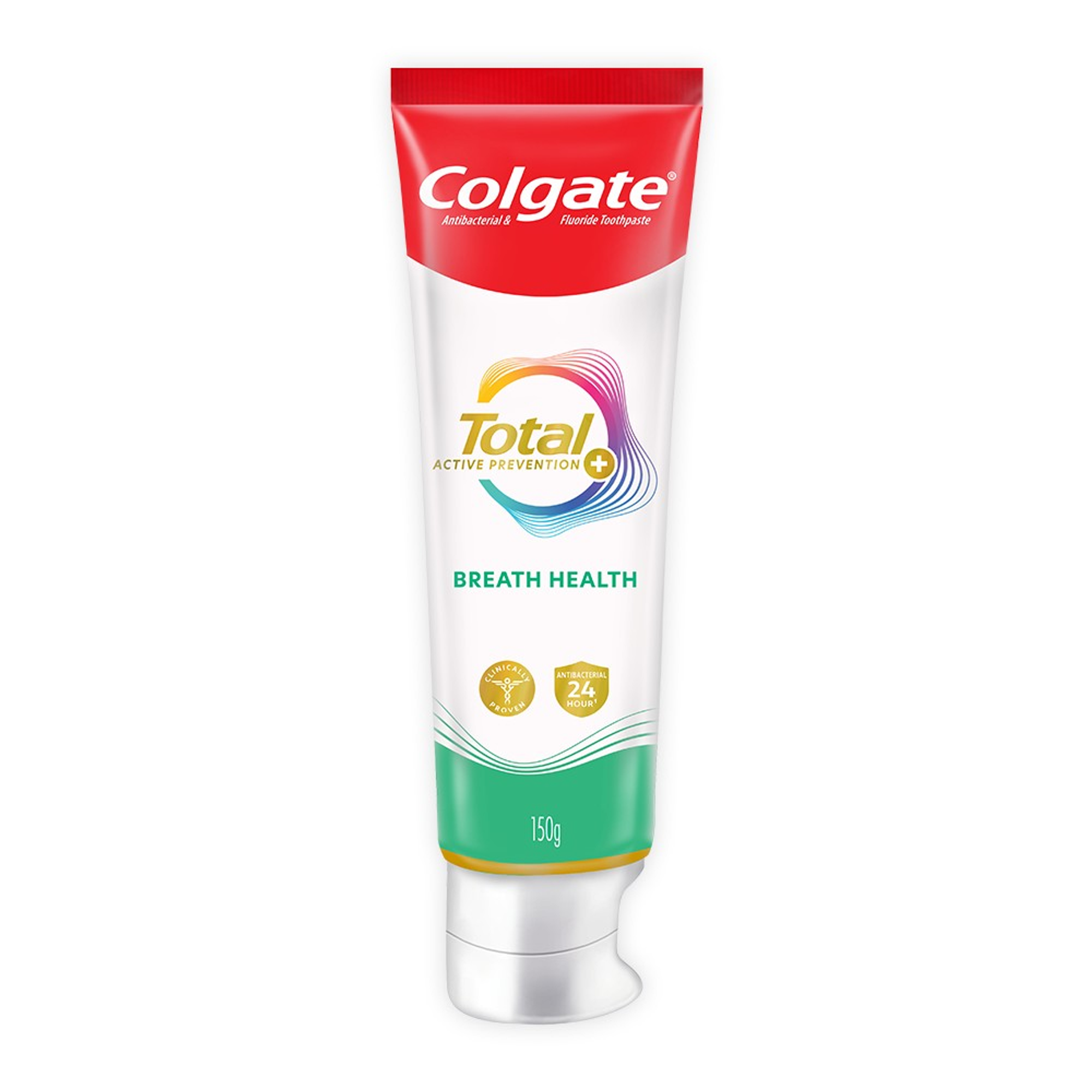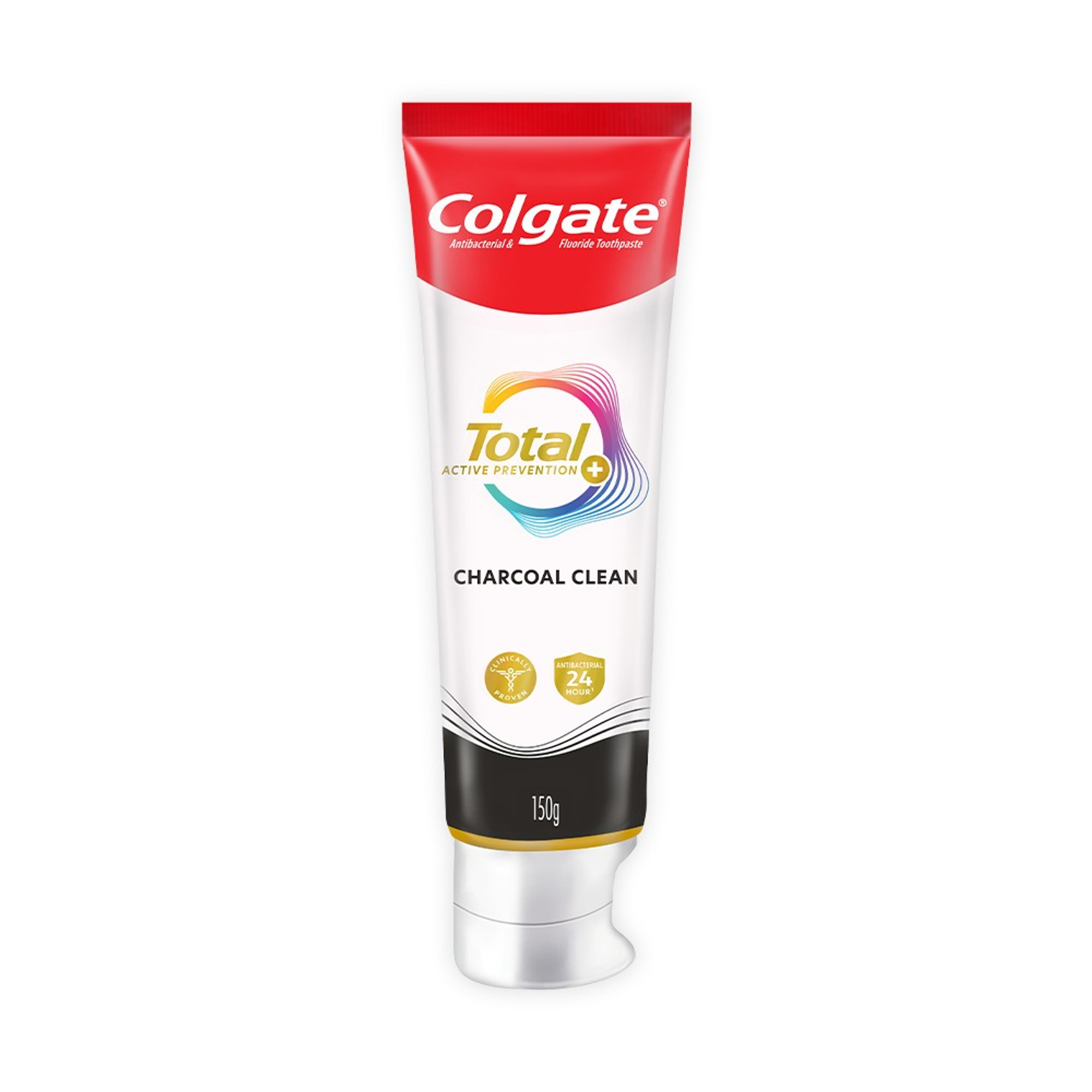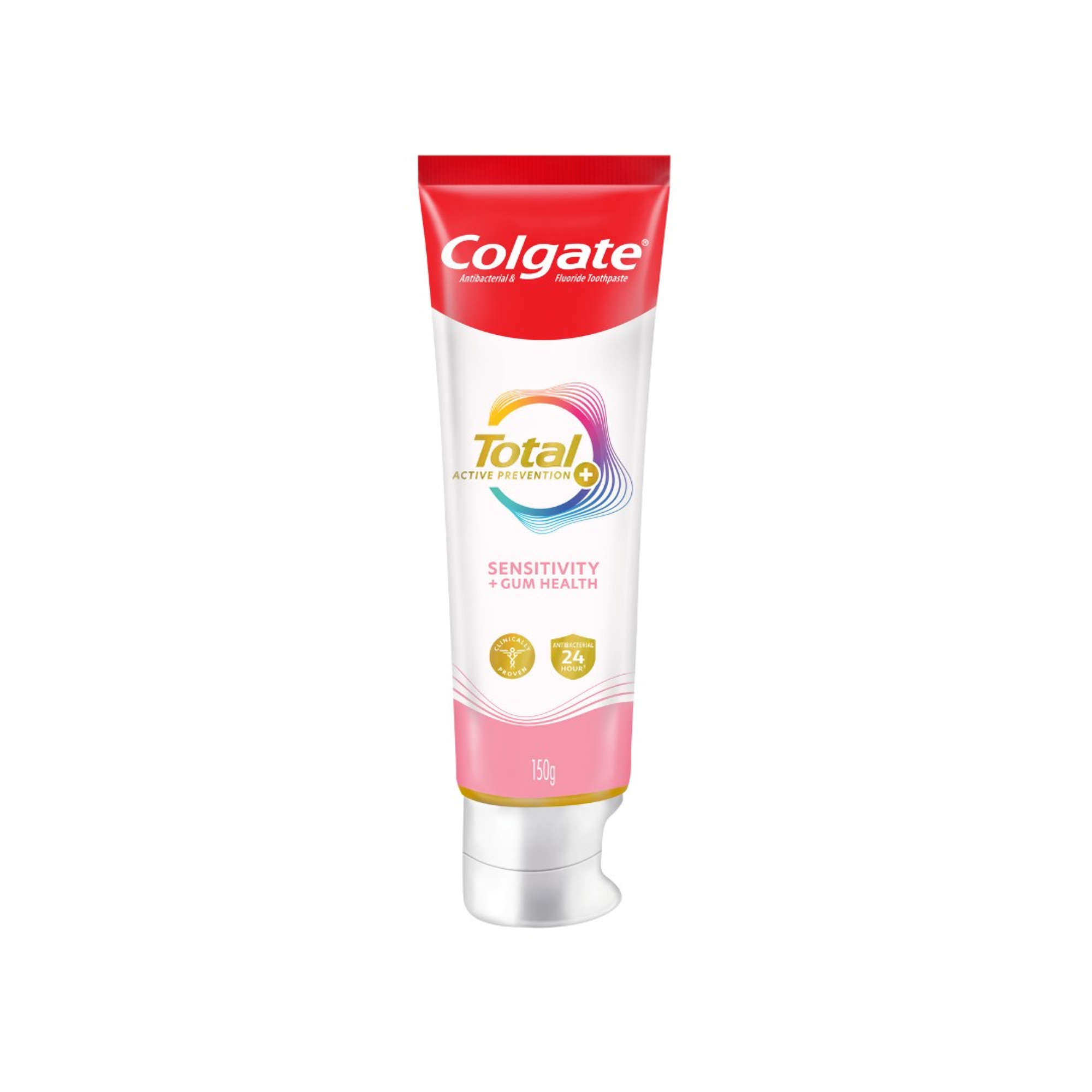-
-

ADULT ORTHODONTICS
Should You Use Mouthwash Before or After Brushing?Brushing and flossing are the foundation of a good oral hygiene routine, but mouthwash can also be a useful addition...

SELECTING DENTAL PRODUCTS
Soft Vs. Hard Toothbrush: Which One Should You Use?The toothbrush has come a long way. As the American Dental Association (ADA) notes...
-
Science & Innovation
- Oral Health and Dental Care | Colgate®
- Oral Health
- Keys To Controlling Bad Breath


If you're serious about learning what's causing your bad breath, consider scheduling an appointment with your dental professional. Given your full medical and dental history along with an oral examination, your dentist should be able to identify the culprit. The causes of bad breath are numerous and include certain foods, alcohol or cigarettes, poor oral hygiene, periodontal disease, diabetes, dry mouth, sinus or throat infections, lung infections or abscesses, kidney/liver failure, gastrointestinal issues and severe dieting.
Treatment of Bad Breath
It is important to conduct thorough oral hygiene at home twice daily utilizing tooth brushing with a fluoride antibacterial toothpaste and flossing to remove food debris and plaque on teeth, bridgework and implants, and brushing the tongue to remove odor-causing bacteria. A published study reported that tongue and tooth brushing in combination with dental flossing significantly decreased bleeding of the gum tissue over a two week period of time as well as reduced bad breath. Another clinical study conducted by the University of Buffalo dental researchers confirmed that brushing twice a day with an antibacterial toothpaste and using a tooth brush with a tongue cleaner can eliminate bad breath.
Tongue Cleaning is the Key to Fresher, Cleaner Breath
Cleaning your tongue is very important. You can purchase a Colgate 360 toothbrush® with the tongue cleaner on the back of the toothbrush for cleaning both your teeth and tongue. After tooth brushing your upper and lower teeth with an antibacterial toothpaste, flip the toothbrush over to the tongue cleaner and place the tongue cleaner in the posterior region of the tongue and move it forward to the anterior section of the tongue. After you have scraped that portion of the tongue, rinse the tongue brush off with warm water to remove any odor causing bacteria. Then replace the tongue brush in the next posterior section again and repeat as described above again.
Consult your dentist or dental hygienist when choosing oral hygiene aids to help you eliminate plaque and odor causing bacteria and review the techniques that should be utilized at home. Also, ask your dental professional what oral hygiene care products they would consider you use to help eliminate bad breath (antibacterial toothpaste, antiseptic mouth rinse, tongue brushes or scrapers and interproximal cleaning devices).
The key to a clean, fresh mouth is optimal oral hygiene conducted at home on a regular basis and professional recommendations discussed with you by your dental professional.
© Copyright 2009 Colgate-Palmolive Company
References:
1. Biesbrock, A, et al. Assessment of Treatment Responses to Dental Flossing in Twins., J Perio 77(8):1386-1391, 2006.
2. University of Buffalo (Peter Moses, Betsey Clark, Violet Maraszthy, Joseph Zambon, (University of Buffalo), P.K. Sreenivasan (Colgate), Abstract presented at 2008 AADR Meeting.
11/15/2010
Related Products

Helping dental professionals
More professionals across the world trust Colgate. Find resources, products, and information to give your patients a healthier future











